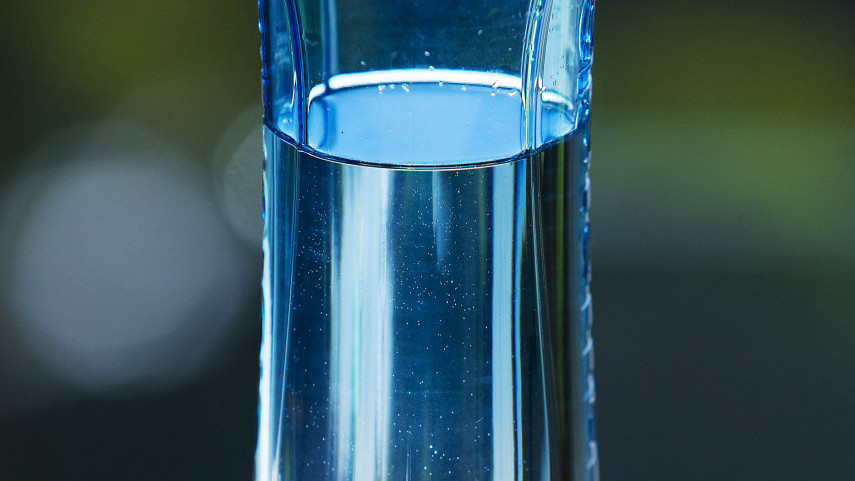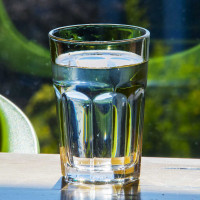Why does the taste and smell of our water vary?
Share this story
The decision to temporarily chlorinate Christchurch’s drinking water has generated public debate about its impact. Here we explain why some are detecting the chlorine in their water while others can barely notice it.
Why can some people taste and smell chlorine in their water and others can’t?
The chlorine dosing takes place at the pump station, not the individual well heads as some seem to think. From the pump station, the water flows directly out into our water reticulation system across the city. If you live close to the pump station, the chlorine dose you get coming out of your kitchen tap will be higher than if you live much further away.

Christchurch's drinking water is being temporarily chlorinated.
Why does the taste and smell sometimes fluctuate during the day?
We have 53 pump stations across the city. While you’re primarily supplied by one pump station, if you are at midway point between pump stations, sometimes you may be getting the water from one pump station and sometimes you may be getting the water from the other. The level of chlorine in those pump stations may be different.
There are three pump stations where the well heads are secure and there is no chlorine at all. We will continue to focus on securing pump stations so we can further reduce the chlorine load.
Does the condition of the pipes supplying water to your property make a difference to how strong the taste and smell is?
Yes, the condition of the pipes can make a difference. Chlorine is a powerful oxidising agent. As it travels through the system, it will react with any organic matter, such as slime build-up in the pipes. It might also react with iron in the old cast iron mains and it will react with any other organic material it comes across.
Does that mean if you live in an area with older pipes that you are more likely to notice the chlorine?
Generally, yes.
Does the fact you can taste or smell the chlorine indicate that we are dosing the water at too high a level?
We are targeting a dosage rate at the pump station of one part per million. It will fluctuate slightly.
One part per million is the level of chlorine needed in the water supply due to the short contact time available, but it is the highest level in the network. It drops off across the network to undetected (zero) levels further out. The maximum level allowed under the drinking water standards is five parts per million and we are dosing much less than this.
Why are you dosing at that level?
At most of our pump stations the water goes directly into the network. We don’t hold it in a tank so we can’t dose the water at a lower level and hold it for a longer time to ensure we have had full disinfection. We have to dose at one part per million and have at least one minute contact time to allow disinfection to occur.
How do we compare to other cities around the country who chlorinate their water?
In Christchurch, a small number of people close to the pumping stations may detect these slightly higher levels but the larger number of people who are further away may have almost nothing. In other cities, the levels will be much more constant because they have more sophisticated chlorination systems with storage tanks that allow 30 minutes contact time with the chlorine. So they can have a lower initial chlorine dose and they generally have a target residual rate of 0.2 parts per million everywhere in their network. Their levels will be more consistent across the network than they are in Christchurch.
What are you doing to monitor the chlorine levels?
We are monitoring chlorine in the reticulation network to measure the levels experienced by households across the city. Recent results from more than 200 samples across the network show that 96 per cent are at one part per million or below.
Is this situation going to change?
We've put in place the temporary disinfection system and we are continuing to improve that system. We are improving it by putting in more sampling points to check we have the dosing rates right and to check that we are dosing at the minimum required level. The extra sampling points will give us better control of that so you can expect to see improvements.
When we dosed after the earthquakes, we did notice higher levels of taste and smell at the beginning of the chlorination. That was due to the oxidation of the biofilms and organic matter through the system. The taste and smell did improve over time and we expect that to happen this time too.
The situation will improve for most people, but the reality is that for some people living close to the dosing points, they will continue to notice the chlorine.
We are developing a programme of work to improve our well heads and once all the well heads at a pump station are fixed so that contamination can’t get into the water supply, we will stop chlorinating at that pump station. Over time, the number of pump stations being chlorinated will reduce.


